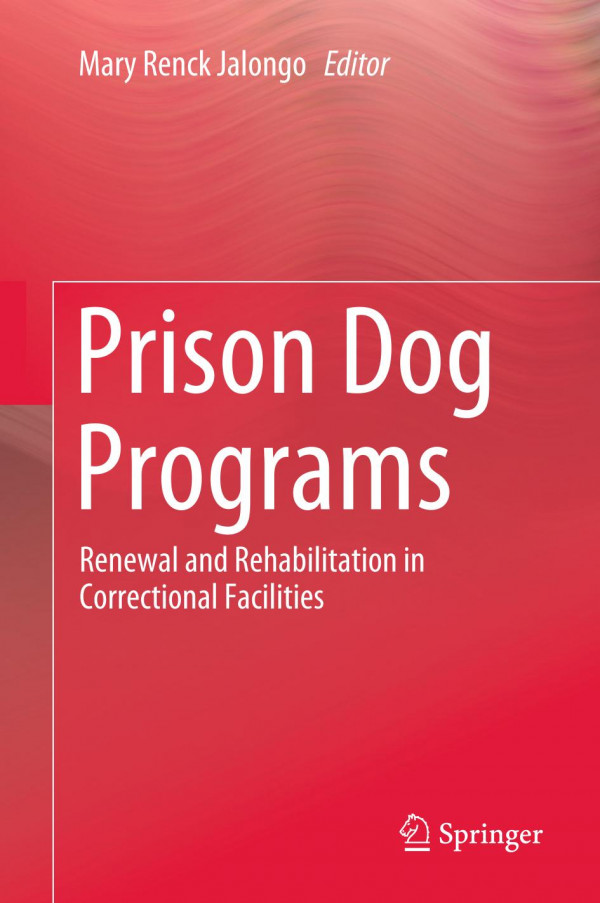

Most ebook files are in PDF format, so you can easily read them using various software such as Foxit Reader or directly on the Google Chrome browser.
Some ebook files are released by publishers in other formats such as .awz, .mobi, .epub, .fb2, etc. You may need to install specific software to read these formats on mobile/PC, such as Calibre.
Please read the tutorial at this link: https://ebookbell.com/faq
We offer FREE conversion to the popular formats you request; however, this may take some time. Therefore, right after payment, please email us, and we will try to provide the service as quickly as possible.
For some exceptional file formats or broken links (if any), please refrain from opening any disputes. Instead, email us first, and we will try to assist within a maximum of 6 hours.
EbookBell Team

4.8
14 reviewsThis edited volume brings together a diverse group of contributors to create a review of research and an agenda for the future of dog care and training in correctional facilities. Bolstered by research that documents the potential benefits of HAI, many correctional facilities have implemented prison dog programs that involve inmates in the care and training of canines, not only as family dogs but also as service dogs for people with psychological and/or physical disabilities. Providing an evidence-based treatment of the topic, this book also draws upon the vast practical experience of individuals who have successfully begun, maintained, improved, and evaluated various types of dog programs with inmates; it includes first-person perspectives from all of the stakeholders in a prison dog program—the corrections staff, the recipients of the dogs, the inmate/trainers, and the community volunteers and sponsors
Human-animal interaction (HAI) is a burgeoning field of research that spans different disciplines: corrections, psychology, education, social work, animal welfare, and veterinary medicine, to name a few. Written for an array of professionals interested in prison dog programs, the book will hold special interest for researchers in criminal justice and corrections, forensic psychology, and to those with a commitment to promoting the ideals of rehabilitation, desistance thinking, restorative justice, and re-entry tools for inmates.